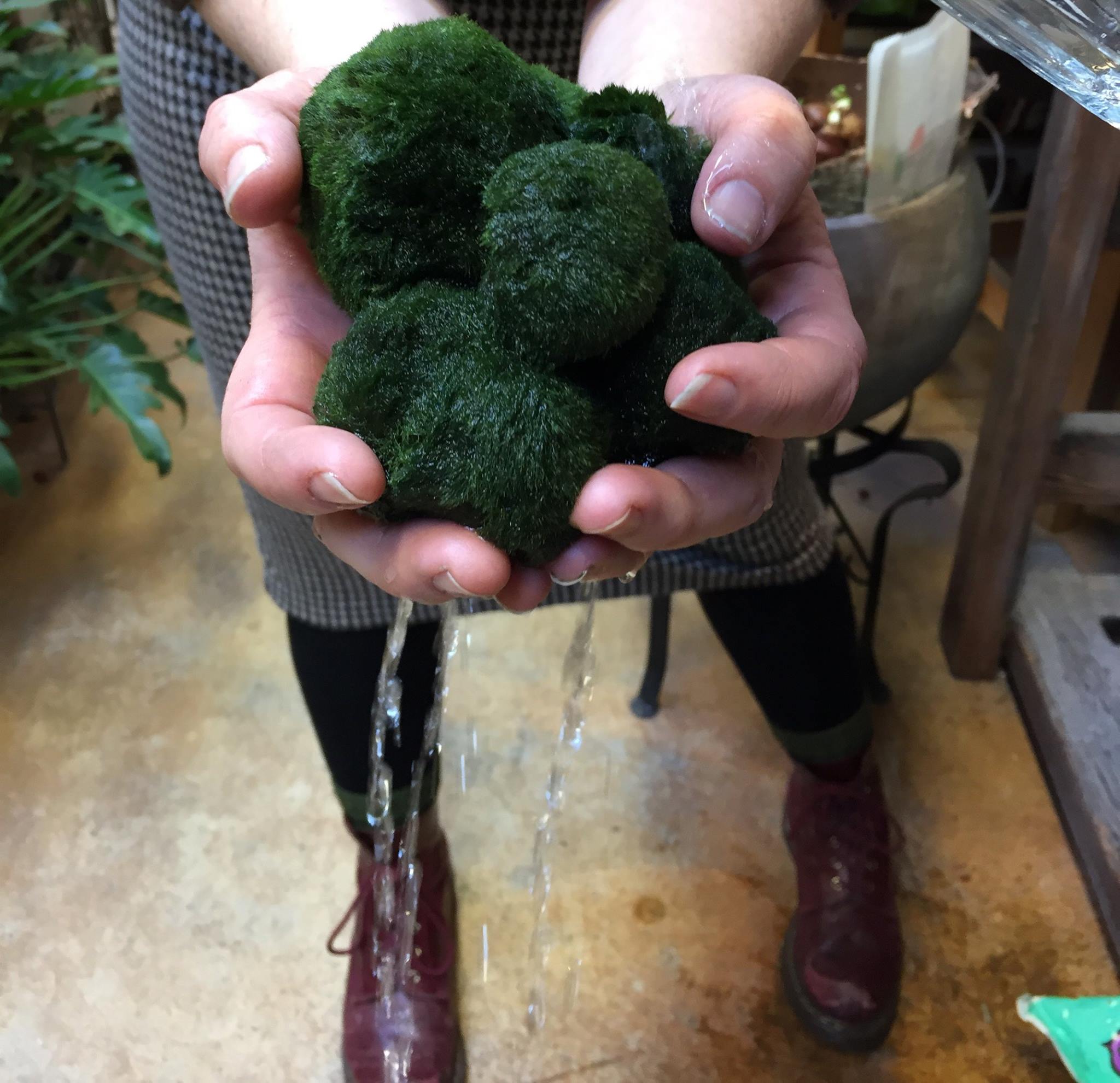Caring for your plants
One of our favorite things at City Planter is customer relationships. Having the opportunity to share our knowledge from planting methods and plant care to pest control makes our job more rewarding. As a small business we are proud to be able to teach and share with our customers! Pictured here is a demonstration of a great way to handle those prickly guys- chopsticks !
All plants require some light and water. We will do our best to give you care instructions for your plants to the best of our ability. Plant care can change depending on their environment. If you have questions about your plants, or are not sure why your plants are not thriving, please send us an e-mail with a picture of your plant and we will do our best do help diagnose and help you to treat your plants.
Cactus/Succulent Care
Cactus and succulents thrive in sunny, dry conditions. Direct sunlight from a Southern or Western window is best. If you observe stretching or fading color, your succulents need more light.
When watering, thoroughly soak the soil & root system, then allow the soil to go bone dry before watering again.
(Water approximately 2 times a month, depending on the size of the container-our succulents in 1" pots may need to be watered weekly.)
A balanced fertilizer can be added during the spring & summer.
When re-potting, use a cactus/succulent soil mix.
Container should have good drainage..
These plants can live outside until temperatures drop to 50 degrees.
Kokedama Care
Kokedama (meaning moss ball) is a traditional Japanese art form that places plants in special soil wrapped in moss.
Kokedama like to stay moist. Water every 2-3 days depending on the dryness of the surrounding environment.
We recommend submerging your kokedama in a bowl of water or under a faucet on a slow drip until saturated.
Gently squeeze moss to remove excess water.
Kokedama can be hung or set in a shallow dish.
Provide bright indirect light.
Tillandsia (Air Plant) Care
Tillandsia (air plant) are the largest genus in the bromeliad family. They are native to warmer climates of the Americas.
Tillandsias do not need soil and can be displayed in a variety of ways.
Water the plant by soaking in a bowl of water once a week for 10-15 minutes. Do not overwater!
Avoid watering the flower (if there is one).
Mist regularly in between soakings: they thrive in high humidity.
Do not allow the plant to sit in water - they should be able to air dry within a few hours of watering. Be sure to shake out the plant to prevent water from collecting in its crevices.
Provide bright, indirect light. Do not display in direct light - Tillandsia live under the canopy of trees in the wild and do not like direct sun.
Plants will flower once, then they will produce pups (babies) that you can separate or allow to form a clump.
Note: We are not currently stocking Marimo. Invasive Zebra Mussels have been found in Moss Balls. Zebra Mussels are one of the most destructive invasive species in North America. Until we can find a supplier who can guarantee that their product is Zebra-Mussel free, we will refrain from stocking Moss Balls.
If you currently have Marimo, do not dispose of the water down your drain, waterways or gardens. (we have been watering our houseplants with the water since that keeps it fairly contained).
Read more about it here
Marimo Care
Aegagropila linnaei, also known as Marimo or Toresampe, is a unique form of algae that grows into round shapes with a velvety appearance. They are native to fresh water lakes in Northern Japan, Iceland and the Baltics.
Keep in tap water at room temperature.
Change the water every few weeks.
You may turn them every few days to keep their round shape and ensure all sides of the ball are getting light.
Photosynthesis occurs in normal indoor lighting or indirect sunlight.
If the ball turns gray in an area, flip it & make sure the gray side is getting light.
If it turns white, the ball is probably receiving too much light.
If the ball turns brown, try cleaning it by gently rinsing under running water.





